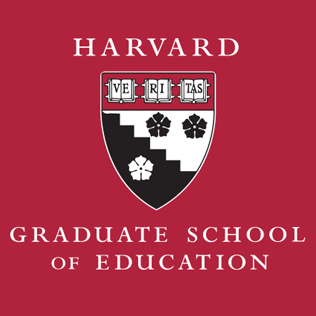Analysis of 50+ organizations globally that teach 21st century competencies
Purpose - Why we undertook this project:
To identify and build a virtual network of education stakeholders committed to the kind of education that is engaging, powerful, rigorous, and relevant to the 21st century so that all children in all contexts can thrive and make their world a better place.
One of our goals at GEII is to produce resources that are helpful to practitioners, policymakers, funders, and other education stakeholders and that would accomplish the following:
- Enable people to see 21st century teaching and learning in action
- Be a hub for resources and inspiring models of education that engages and empowers students
- Make recommendations that are helpful to practitioners, policymakers, funders, researchers, and other education stakeholders so that all students can access education that is powerful and relevant to thriving in the 21st century
As we gave presentations about findings from our book, Teaching and Learning for the Twenty-First-Century: Educational Goals, Policies, and Curricula, we were asked to give examples of what teaching and learning in the 21st century looked like in practice and whether it was possible to teach and learn these competencies in all contexts.
Given our organizational purpose and the genuine questions asked by education stakeholders, we undertook a research study that located and analyzed more than 50 organizations globally that provide support for teaching 21st century competencies to youth, primarily in grades K-12, in a wide variety of contexts. This section of our website displays the results of our research.
Method - How we undertook this project:
We looked to find organizations that were teaching the following ten topics, particularly relevant to the 21st century: 1) Arts/Creativity/Design Thinking 2) Civics/Ethics Education, including Digital/Media Literacy 3) Entrepreneurship Education 4) Environmental Education 5) Financial Literacy Education 6) Gender Equity/ Girls Education 7) Global Citizenship Education 8) Health/Fitness/Sports Education 9) STEM (Science, Technology, Engineering, Math) Education 10) Social Emotional Learning
We focused on finding at least one organization from each of the ten categories listed above in each of the major regions of the world: 1) Africa and the Middle East 2) Asia 3) Europe 4) Latin America 5) North America and Australia
We used our partner networks and global organizations who had already identified actors and innovators in education -- such as Ashoka, the European Commission, United Nations’ education organizations such as the United Nations Environment Program, publications from the OECD, the Qatar Foundation, among others -- to develop an initial list of more than 100 organizations around the world that might fit into our selection criteria, which included the following:
- Teach competencies in all 3 categories of 21st century competencies, as defined by the National Research Council’s 2012 report: cognitive, interpersonal, and intrapersonal competencies.
- Demonstrate a 21st century approach to pedagogy, which is student-centered, active, engaging, collaborative, and empowering; demonstrate a clarity in expressing the kinds of values and attitudes they seek to cultivate in their program participants.
- Exist in more than one location, to demonstrate not only evidence of success, but also the potential for adaptability, scalability, and/or spread-ability.
Once we identified organizations that had the potential to fit our criteria for selection, we conducted initial desktop research, such as looking at the organization’s website and gathering existing information about the organization, including evidence of effectiveness, to assess initial suitability and fit for our project.
We then scheduled 30-60 minute phone interviews with the organizations, and based on the all the information collected, narrowed the list to approximately 50 organizations that appeared to have some evidence of impact and scale, and whose programs possessed the following characteristics:
- An inspiring vision about the kind of education that would lead to both students and their communities thriving in the 21st century and
- A richly developed program model, grounded in local context, that had the potential to help others see in action the principle that education for the 21st century is not just for the few, but for all children in all contexts.
We then wrote profiles of these organizations, in a way that we hope is easy to read. We aimed for our analysis to be succinct, but also detailed enough to give a clear initial look into what these organizations and programs are doing to advance 21st century teaching and learning.
We would like to thank leaders of these organizations for both giving us permission to list them on our website but also for their time in sharing their insights with us.

